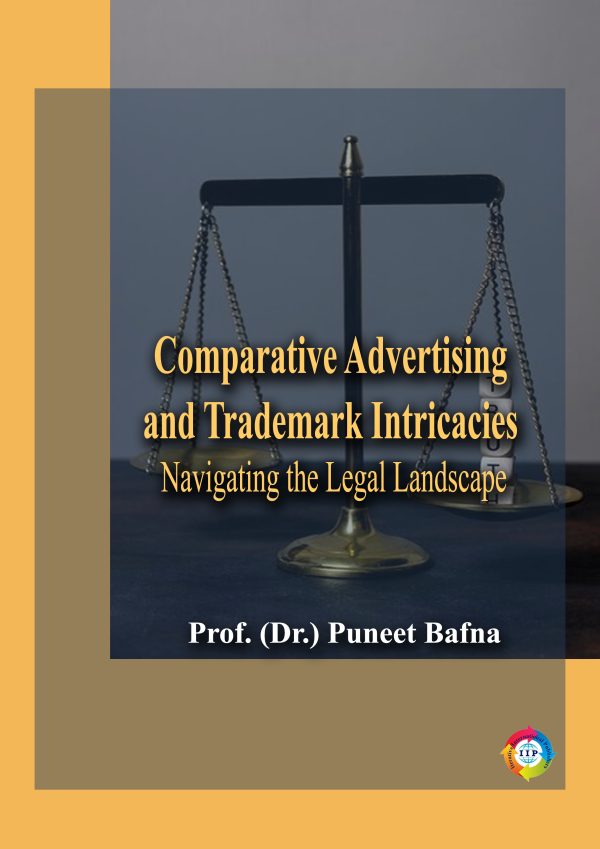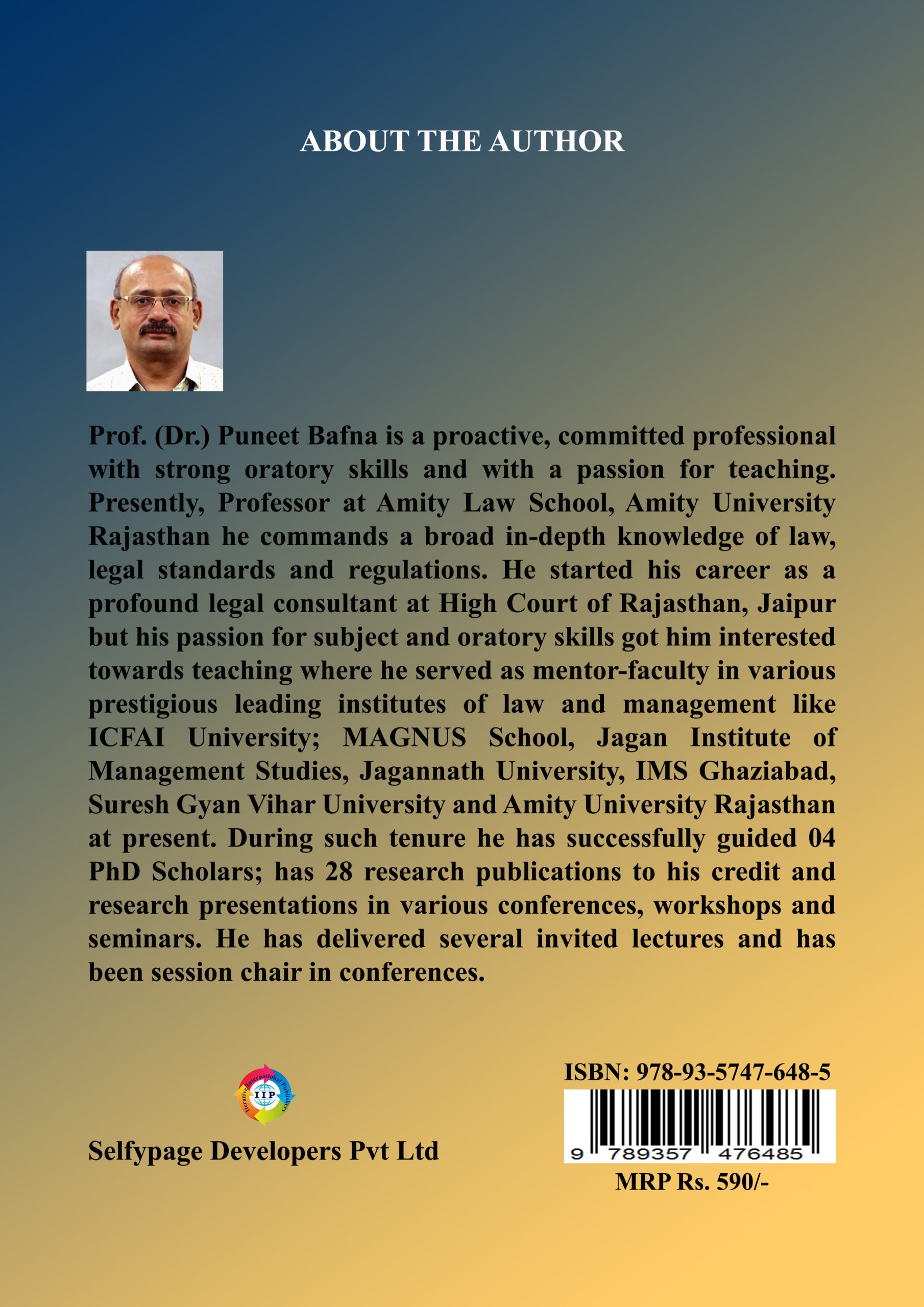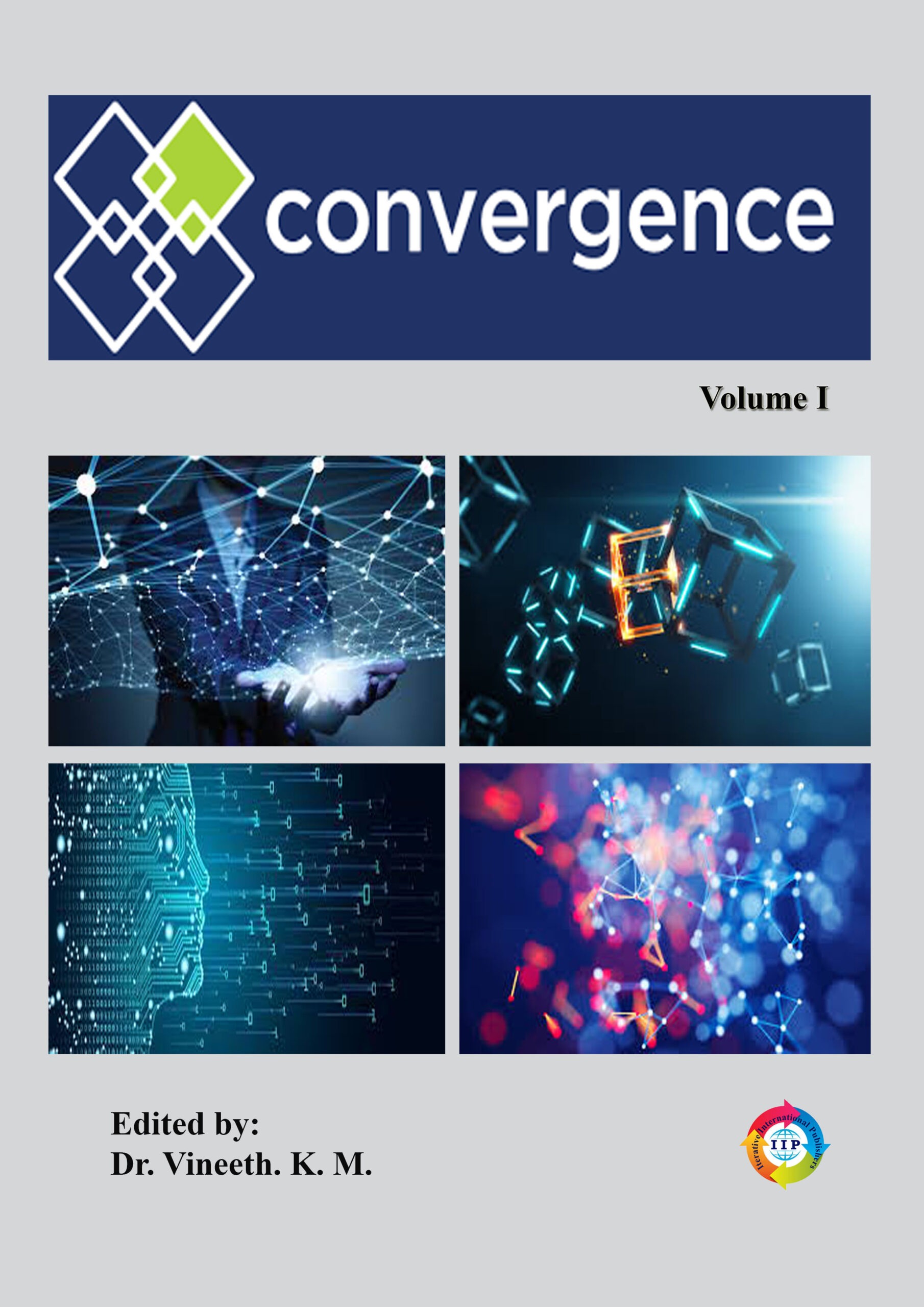In the expansive realm of law & commerce, the essence of advertising lies in its profound ability to spotlight the virtues of a product or service, aiming to sway consumer choices. This book embarks on an exploration of the multifaceted phenomenon of advertising, with a specific focus on comparative advertising—a robust strategy that has evolved to be both a boon and a battleground in the competitive business landscape and legal effect.
At its core, advertising is a strategic tool wielded by manufacturing entities to showcase the merits of their offerings, often adorned with distinct trademarks, compelling consumers to make informed purchases. Beyond the transactional dimension, advertising serves as a catalyst in shaping consumer awareness, elucidating the attributes of available goods, and influencing market dynamics. The potency of effective advertising in steering consumer choices has rendered it an indispensable instrument for companies navigating the competitive wars.
Chapter 1 delves into the historical tapestry of comparative advertising, tracing its roots back to the nineteenth century. The narrative unfolds, chronicling the shift from sporadic use to widespread adoption, with a surge in explicit comparisons between products. A nuanced examination dissects the categories of comparative claims—ranging from mere puffery to direct references—and establishes the pivotal role played by these claims in shaping consumer perceptions. A significant portion of this book traverses the legal landscapes governing comparative advertising, focusing on India, the United States, and the European Union. Chapter 2 undertakes a thorough literature survey, scrutinizing existing definitions and interpretations of comparative advertising, trademark laws, and the interplay between intellectual property rights and fair competition. The nuanced distinctions between direct, indirect, and non-comparative claims are unravelled, shedding light on the legal intricacies that underpin advertising strategies. In Chapter 3 the author has tried to analyse how and up to what extent have the statutory framework in India have addressed to safeguard the interests of the consumers and the trademark owners. In India, there is no specific or explicit legal provision dedicated to advertising.
Chapter 4 presents a cross-cultural examination, contrasting the regulatory frameworks of the United States and the European Union. Comparative case analyses, such as L’Oréal v. Bellure and Smith v. Chanel, illuminate the contrasting interpretations and cultural nuances that shape legal outcomes. The narrative extends to highlight the diverse stances of other countries, revealing a global tapestry of regulations that either embrace or restrain comparative advertising. A critical analysis of thirty-one judicial cases, spanning India and abroad, unfolds in Chapter 5. The spotlight falls on landmark decisions such as Reckitt & Colman of India Ltd. v. M.P. Ramchandran, offering nuanced perspectives on disparagement, puffery, and the permissible extent of comparison. The legal discourse delves into the intricacies of Indian jurisprudence, emphasizing the need for clarity and adaptability in legislative frameworks. Chapter 6 concludes the discourse by synthesizing the insights gleaned from the research. The imperative of safeguarding consumer rights, ensuring truthful information dissemination, and fostering fair competition emerges as a recurrent theme. The chapter calls for a harmonized approach—blending stringent regulations, robust enforcement mechanisms, and agile dispute resolution frameworks—to propel the ethical evolution of comparative advertising.
This book, woven through the tapestry of legal intricacies and marketing dynamics, serves as a guide for scholars, practitioners, and policymakers navigating the labyrinth of comparative advertising. As the commercial landscape continues to evolve, the need for a judicious balance between innovation and ethical conduct remains paramount. In unravelling the dynamics of comparative advertising, this book seeks not only to dissect the present but also to illuminate potential trajectories for the future.









Reviews
There are no reviews yet.